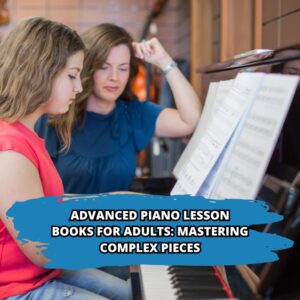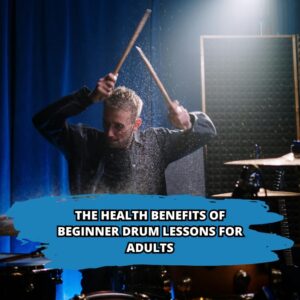Getting great vocal lessons in Toronto can be fun, but it is also challenging. In this vocal lesson, we will discuss something that stumps a lot of vocalists: playing and singing at the same time. Whatever your instrument might be, these tips are universal.
Before we get into some specifics, lets discuss some general practice principles that can help no matter what technical difficulty you are having. For one, start simple. The first song that you try to play and sing at the time shouldn’t be something complex. For example, Simon and Garfunkel’s 59th Street Bridge Song (Feelin’ Groovy as many call it) has an intricate finger picking part. Even if you can sing and play at the same time already, it can be hard to get this going. Pick a simple song. This is an important instrumental and vocal lesson to understand. It is good to challenge yourself every now and then, but you should generally try to work your way up to more difficult repertoire.
Secondly, an effective method for improving coordination is separating the components. This goes beyond just a singing lesson. With the piano and the guitar this means separating your hands and mastering what they are doing individually. In this case, it means separating the instrument you are playing from your voice. Make sure you have your vocal part and your instrumental part down before you combine them. Any mistakes and hesitations will become much more pronounced when you try to combine the two parts.
A good start is to try counting the time out loud. Turn a metronome on, start tapping your foot and play the instrumental part. Simply say “1 2 3 4” to the metronome. If you have trouble with this, turn the tempo down. The next step is to say the eighth notes: 1 & 2 & 3 & $ &. If you don’t understand rhythm, that is a whole other singing lesson in itself.
An alternative approach is to try simplifying the instrumental part instead of the vocal part. For the first step, replace your accompaniment with whole notes. Every time the chord changes, play another whole note. If the transitions are difficult, figure out rhythmically exactly what is going on. Is the word or syllable on the and of 4? Isolate this movement until you have it down smooth. Next, you will want to play the chords in half notes.
After you have half notes down, playing quarter notes likely won’t be too difficult. If it is, work your way into it. Try playing two quarter notes and a half note. If the quarter notes are solid, you can add a group of eight notes anywhere in the beat. A common accompaniment pattern is 1 2 & 3 4 &. Start by adding one of those 8th note groupings into your accompaniment. Once you are at the quarter note level, and especially the eighth note level, you are developing a solid basis for singing and playing at the same time. This kind of simplification is one of the greatest singing lessons you can have. Whenever you are encountering difficulty, whether material from your voice lessons or a song you picked personally, try taking out the hard parts and gradually bringing them back in as you master them in isolation.
A way to make this easier is to do a little analysis of how your parts line-up. Don’t think of it as you doing two different things at once. First, find where you sing a word and strum or play a chord at the same time. At these moments, you don’t actually have to worry about the independence of the parts. You are simply doing them at the same time. Next, look for the spots where the parts don’t line-up. Do the words fit evenly between the times you play the chords? Is it a one after the other sort of thing? If it is, get that idea in your head. If you can understand where exactly you are not doing the two things at the same time, it will make this vocal lesson easier.
In your voice lessons, you may become too worried about the singing part itself and the technical challenges it presents. Try thinking about the most effective way you can practice something. This can help you to get a lot more out of your voice lessons.
These tools should significantly help you in gaining the skill to play and sing at the same time. The key is reducing the complexity and taking it slow. Check the sidebar for more singing lesson tips and lets us know if you have any suggestions for the next online vocal lesson.









